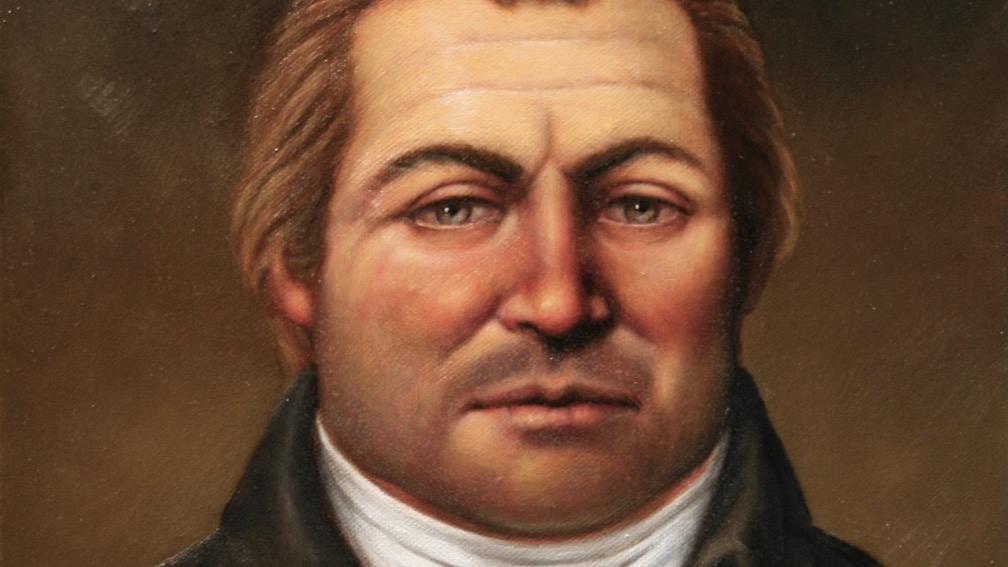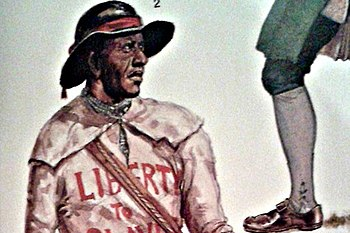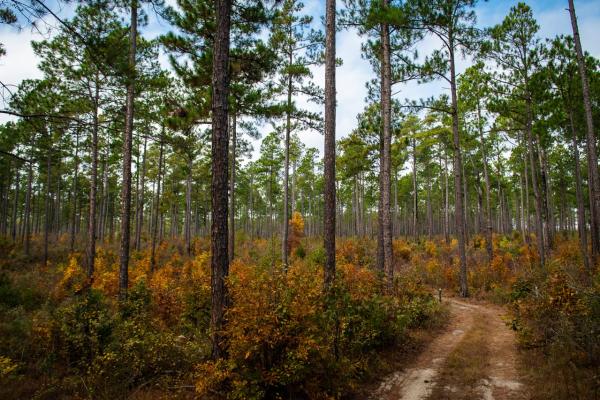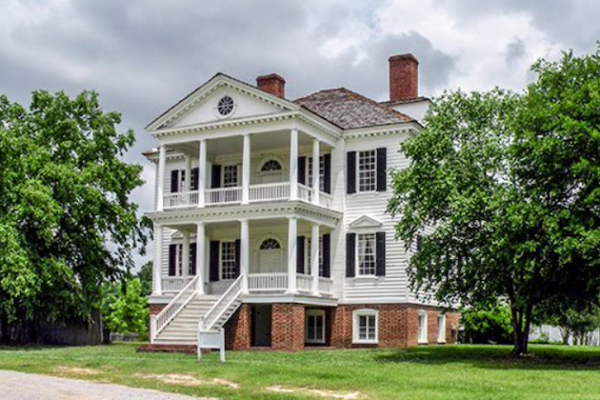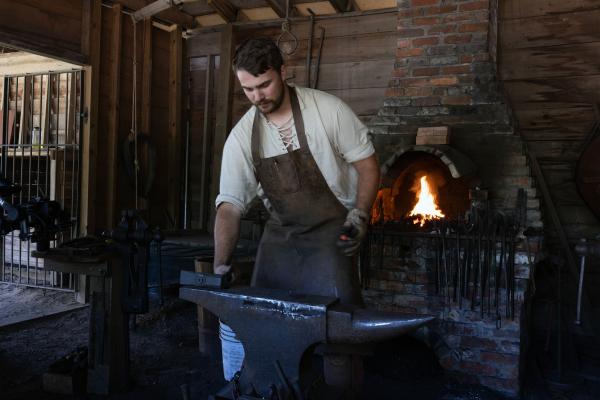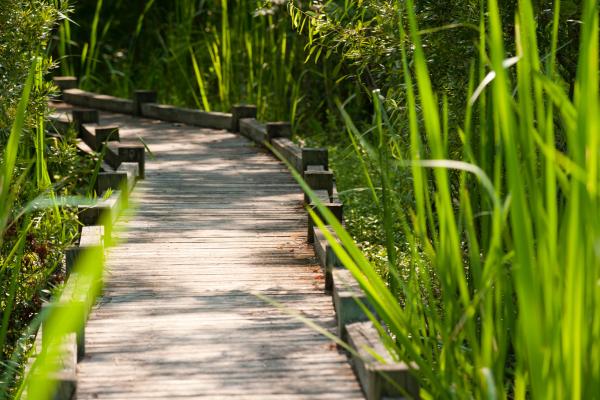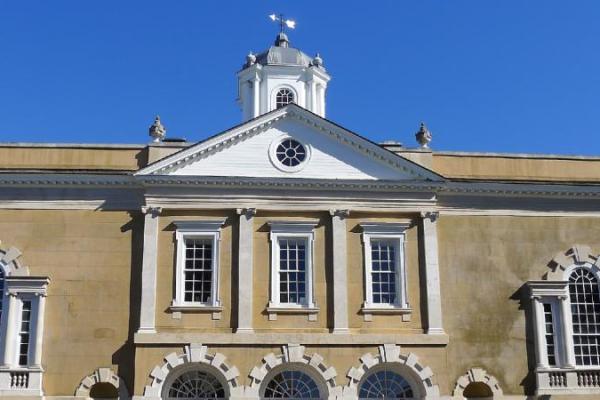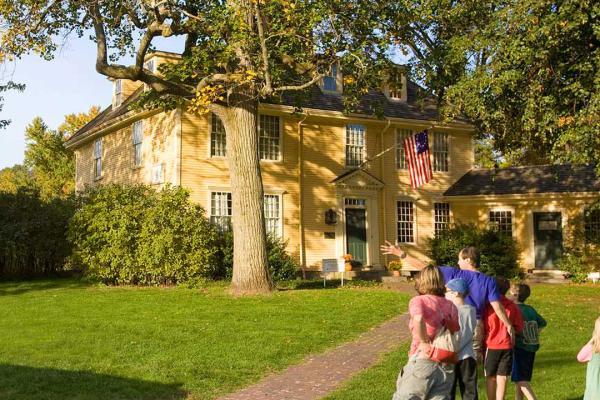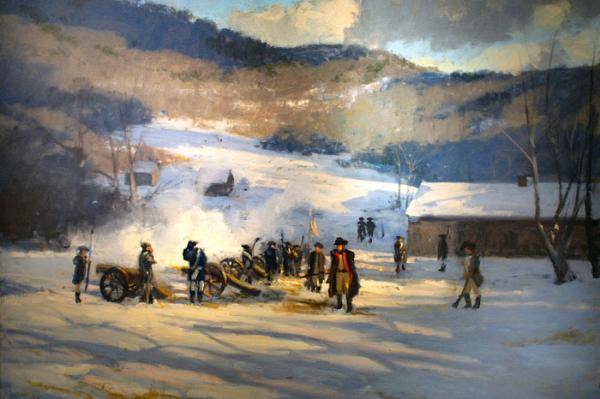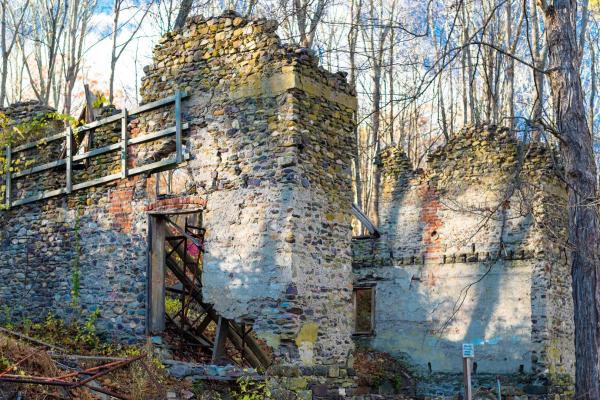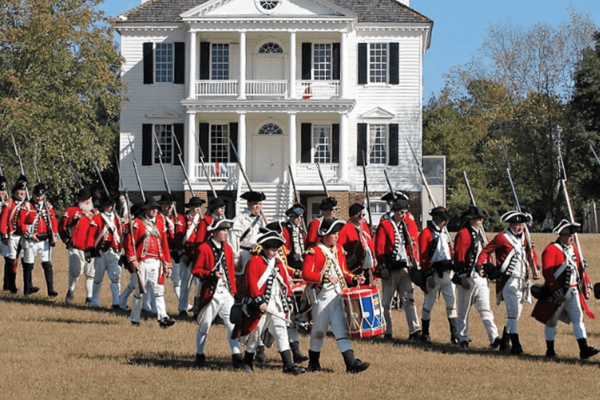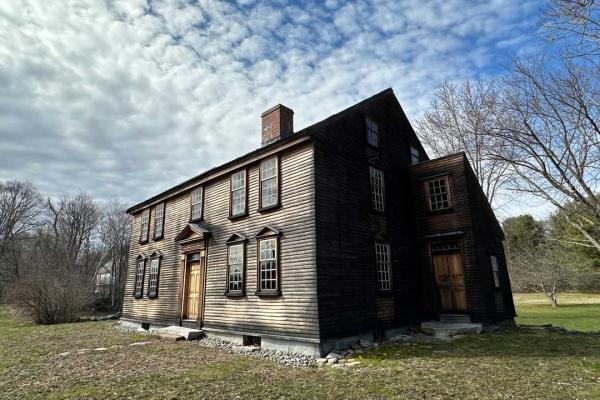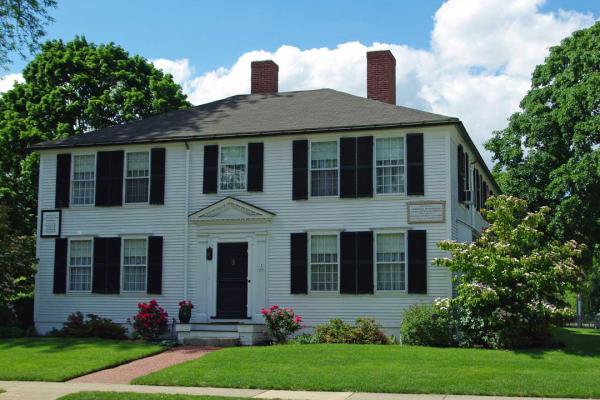During the Revolutionary War, Sumter became a prominent commander in the South Carolina militia. When Lt. Col. Banastre Tarleton’s raiders burned his home, however, he organized a band of partisans to harass the British and their Tory allies. General Cornwallis called him one of his “great plagues.”
While serving as a drummer in the Revolutionary War, young Stephen Tainter witnessed Burgoyne’s surrender and the failed Newport siege.
Tarleton, active in the Southern Campaign, came to be known as the ‘butcher’ after Continental soldiers accused his dragoons of disregarding a Patriot surrender by attacking the Americans after they laid down their arms at the Battle of Waxhaws.
Colonel Tye, an escaped slave from New Jersey, became a feared Black Loyalist leader during the Revolutionary War. Leading the Black Brigade, he raided Patriot forces until a fatal wound in 1780. His legacy reflects the fight for freedom beyond American independence.
Uncovering History
We invite you to visit the preserved locations along the Liberty Trail and to immerse
yourself in the extraordinary events that determined the fate of a nation.
